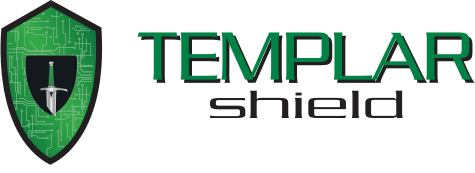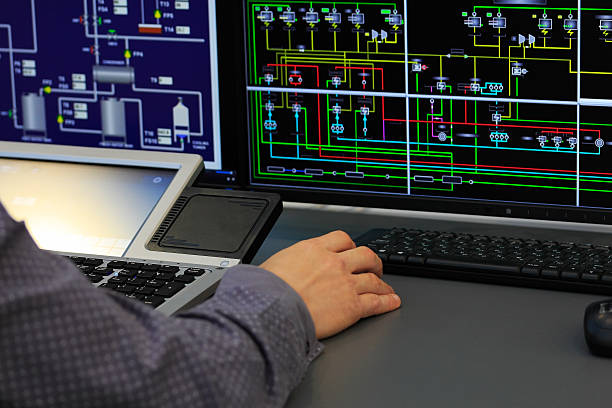
Each of these domains often operates in silos, managed by different teams, with separate tools and compliance frameworks. This fragmentation results in:
- Inconsistent inventories and “shadow assets” (untracked endpoints, rogue AI deployments, or legacy OT devices).
- Inefficient operations, with duplicated processes for lifecycle management, patching, and compliance.
- Elevated risk exposure, from unmonitored vulnerabilities, unmanaged access rights, or AI bias and drift.
- Regulatory pressure, as global standards (NERC CIP, IEC 62443, EU AI Act, ISO 55000) mandate integrated oversight across IT, OT, and AI ecosystems.
Challenges
Integration Through a Unified Flightpath
To address these gaps, we recommend adopting an Enterprise Asset Management (EAM) Flightpath built on ServiceNow IRM, SecOps, ITOM, HAM/SAM, OTAM, and AI Control Tower.

EAM Flightpath Approach
Delivered in six structured phases over ~24 months, the EAM Flightpath ensures controlled maturity progression:
Unified CMDB across IT, OT, and AI
Standardized workflows and compliance mapping
Coordinated, cross-domain security and resilience.
Risk-based remediation and monitoring.
Real-time dashboards, regulatory reporting, and a Governance COE.
The IRM Flightpath by Templar Shield empowers your enterprise to attain advanced, integrated, and future-proof risk management capabilities. With this phased transformation, you not only modernize your GRC/IRM technology but also embed a culture of risk-aware decision-making – ensuring long-term success and resilience for your organization.


